Mountain Men: Trapping Furs Driven by European Fashion
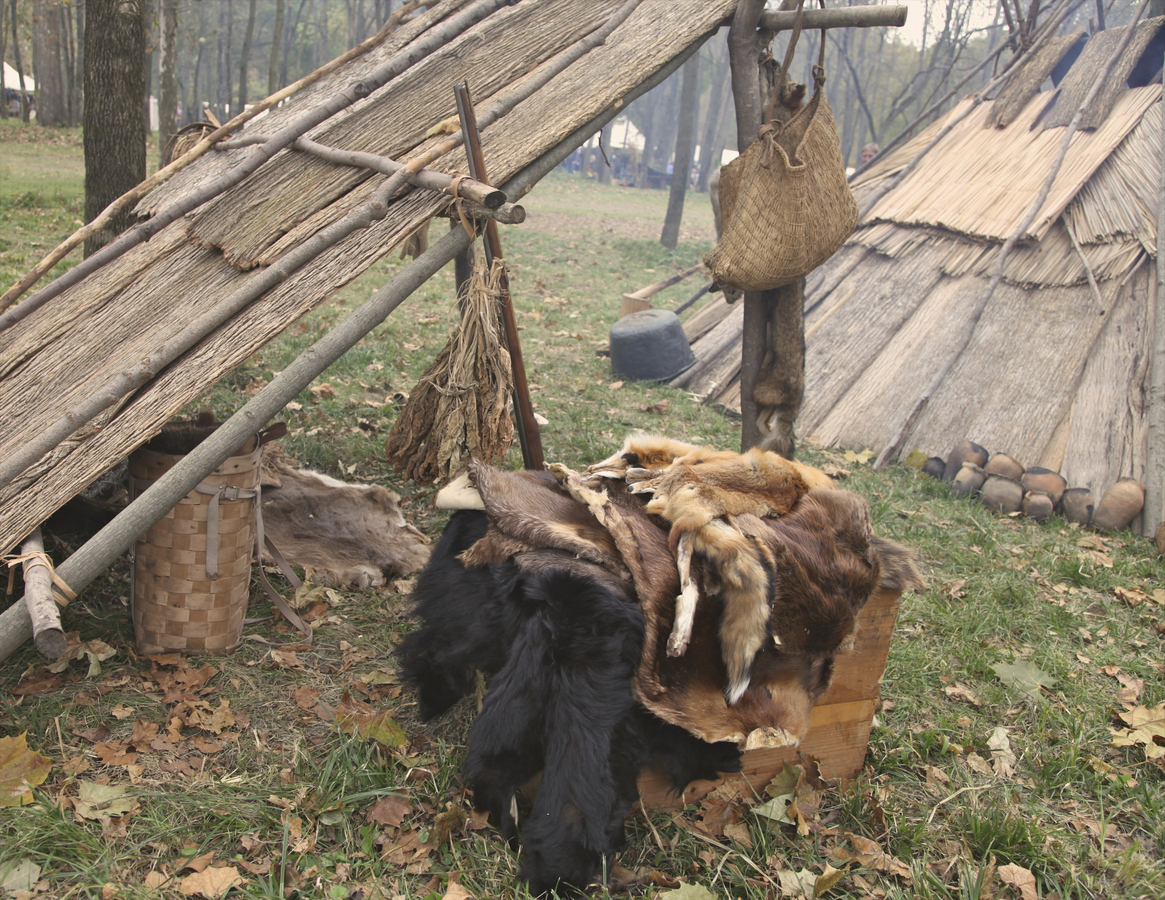
One of the most colorful groups of people in the history of America was the Mountain Men. This rough-and-tumble bunch of hard men was an integral part of the westward expansion of our country, mapping out and opening up land that was later settled by farmers and ranchers.
In many cases, it was the same mountain men who became the guides for the Army and for wagon trains to bring the settlers into the land that they had trapped out.
The fur industry was driven by European fashion, which leaned heavily towards furs in the early 1800s. The insatiable appetite of these clothiers for furs drove hardy men into the Rocky Mountains in search of fur-bearing animals. Beavers are the animal most associated with those trappers, but a variety of other animals were trapped for their fur as well.
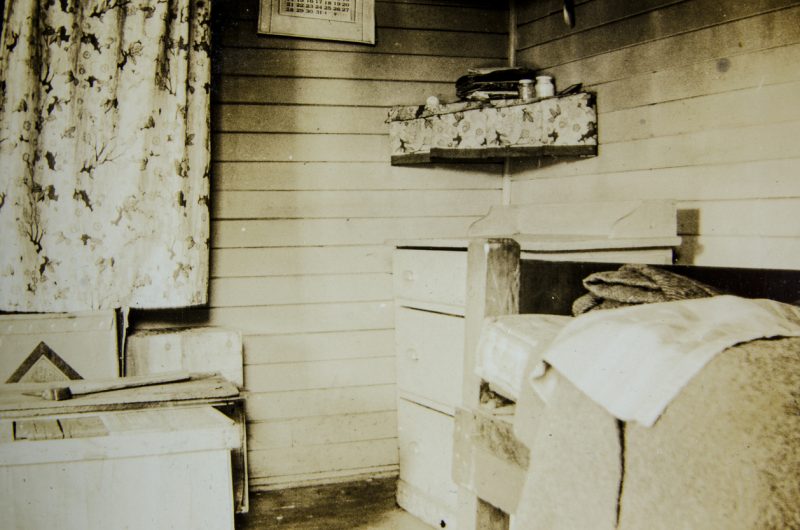
The life of a trapper was one of the most dangerous lives there was – constantly facing the possibility of death. They regularly faced starvation, dehydration, disease, attacks from wild animals, and attacks from roaming Indian bands – especially the Blackfeet. By definition, being a trapper required being the very definition of tough or you wouldn’t make it.
The Life of the Trapper
Contrary to popular belief, the life of a trapper wasn’t solitary. They would head out in groups, which could number as many as 40 or 60 men.
These larger groups would include men who didn’t trap but rather hunted and did other chores to provide for the group. The trappers themselves would break down into smaller teams of two or three to stake out an area and set their traps.
Few of these trappers did it for the money. Rather, it was the love of the great outdoors, the mountains, and the wild that drove them. While a number of them became quite wealthy and retired to a life of comfort and prestige, many more died in the wilderness, never able to enjoy the fruits of their labor.
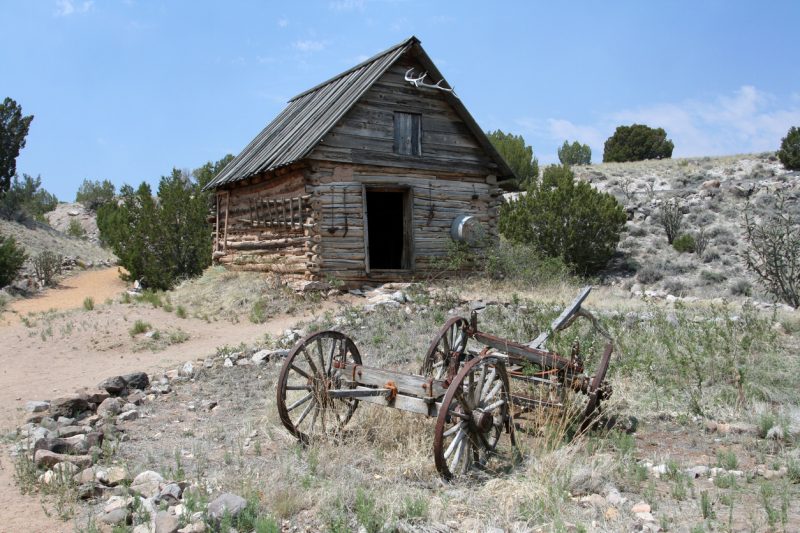
Trapping season was spring and fall, just before the animals lost their winter coats and then just as they came in again. Of the two, spring was the preferred time for trapping, and if enough pelts were taken in the springtime, they might not trap the fall.
Summer was avoided as the furs were of poor quality, and winter weather prevented the trappers from doing more than sitting by the fire reading and taking care of their equipment as they tried to survive till spring. They weren’t all that welcome in settlements or forts due to their wild nature.
The major event of the year for the trappers was the rendezvous. This was a month-long organized fair in which the trappers could sell their pelts and buy much-needed equipment and supplies. Being the wild, unruly men they were, the rendezvous became a time of many contests – from wrestling to racing. Anything could turn into a contest, with betting on the side.
These annual events were organized by the companies that would buy the furs and sell the trappers their supplies. It was a unique sort of wholesaling where the wholesale company became the retailer to their supplier, the mountain men, while buying their furs at wholesale to be taken east for sale to the garment industry.
Trapping Furs
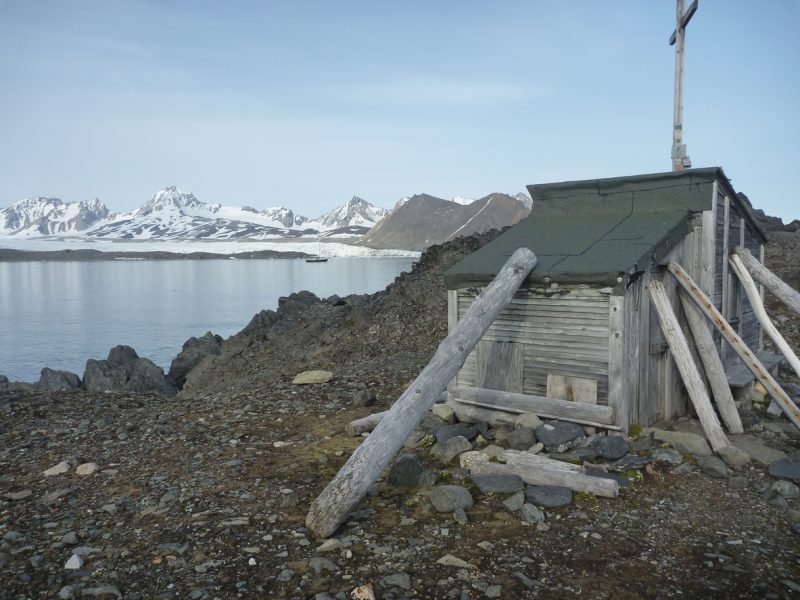
Trapping itself was not dangerous work – although if one got a bobcat caught in one of their traps, it could get a bit hairy. The dangerous part was living in the wilderness, surrounded by wild animals and Indians.
The trapper needed a discerning eye for terrain and for the quality of the furs he was getting. Originally, the fur companies weren’t interested in working with trappers but rather trading with the Indians for furs.
But the Indians couldn’t produce enough furs nor comprehend how many furs the white men wanted. So what started out as a trade mission quickly morphed into white trappers, who would also trade with the Indians on the side for whatever furs they might have.
The traps the mountain men used are little different to the traps available today. I’m not talking about the cage traps which are used to remove pests from one’s property, but rather the leg-hold traps which are normally thought of as “bear traps.” Of course, traps used for beavers or muskrats were much smaller than those needed for bears, although they were basically the same style.
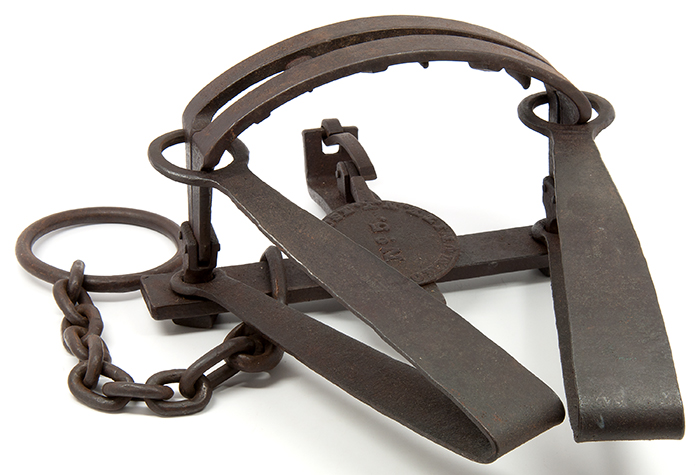
Traps were always staked down to keep animals from dragging them off, and a scented bait was placed in or above the trap in order to get the animal to step into it and be caught. While some types of animals would chew their leg off to escape the trap, that was mostly animals the trappers didn’t want anyway.
Trappers made a regular round, checking their traps frequently for any animals they caught. Animals which needed to be killed were dispatched as quickly and humanely as possible.
Then, the animal was skinned, the fat scraped off the inside of the skin, and the skin stretched to dry. Finished pelts were folded, fur side in, and stacked to be bundled for transport to the next rendezvous.
Eventually, the clothing industry moved on to other materials, replacing the beaver top hat with silk. Buffalo had a part to play in this as well, with the hunting of the Plains Buffalo. These changes in style mostly killed the trapping industry, although there is still some trapping going on today.
Yet, the trapping that is being done today is more along the line of a hobby rather than a profession. People who trap for furs also have full-time jobs to support them. The majority of the pelts used by the fashion industry today, such as mink, are grown on farms, which can provide a much more consistent pelt without the potential for damage that can come from an animal living in the wild.
Trapping as a Survival Skill
Should we ever have a major TEOTWAWKI event destroy modern society as we know it and do away with our infrastructure, we won’t have ready access to the warm coats we can find every fall in our many clothing stores. Nor will we have access to the materials those coats are made of. In such a time, a resurgence of trapping might be just what is needed.
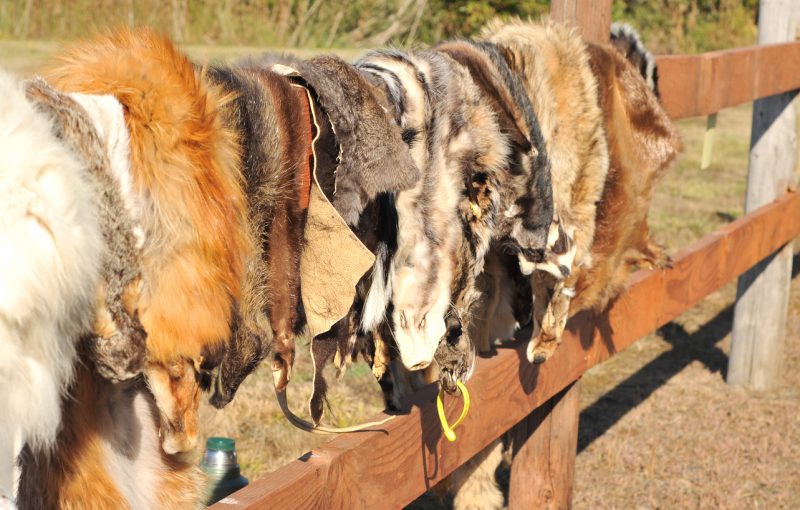
The trapping of animals for their furs started as a means of making warm coats. While the fashion industry changed this over time, it is still widely accepted that a fur coat is not only beautiful to behold but warm. So, it is not inconceivable that we would return to the use of furs someday, should our modern options no longer be available.
The challenge for doing that won’t just be in trapping the animals to gain the pelts, but also in knowing how to tan the hides in order to have usable furs to work with. But we’ll talk about that another time.
